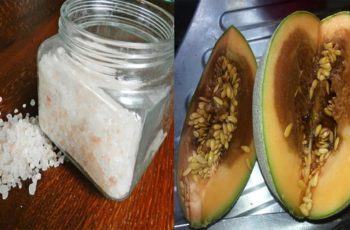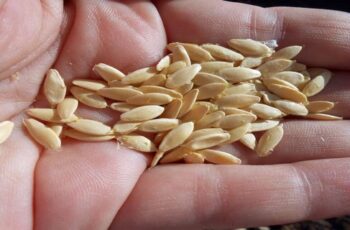Ad Blocker Detected
Our website is made possible by displaying online advertisements to our visitors. Please consider supporting us by disabling your ad blocker.
12. Use it as a pesticide
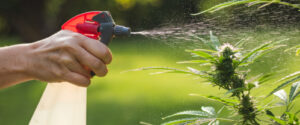
Use baking soda to effectively reduce infestations of many insects such as aphids, mealybugs, and spider mites. It may not kill them all, but it will act as a repellent and stop their progress.
Mix 1 teaspoon of baking soda and 1/3 cup of olive oil or mustard. Measure out 2 to 3 teaspoons of this mixture and add it to 1 cup of water. Dilute them well together and spray on infected plants.
13. Prevent Mildew and other Fungal Diseases
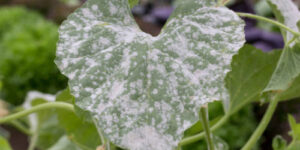
Prevent Mildew and other Fungal Diseases with baking soda
Spraying baking soda on the leaves makes the surface less acidic and limits the ability of fungal spores to grow. To do this, mix 1 teaspoon of baking soda and a few drops of dishwashing liquid in 1 liter of water and spray the solution on the infected plants.
14. Weedkiller
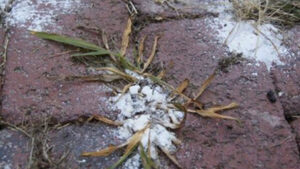
To effectively control weeds that invade driveways, borders, and garden beds in an ecological and economical way, baking soda is the best. It has the huge advantage of being completely biodegradable and non-toxic.
You can sprinkle it on clumps of weeds. It will burn the foliage, and the weeds will be gone in a few days. By doing this regularly, you can also slow down the arrival and growth of these weeds.
15. Clean walkways

Rinse the surface with bicarbonate water (30 g or 2 tablespoons per liter of warm water). If necessary, add baking powder and scrub with a brush or use a stiff broom.
Be careful not to spill the solution on lawns and flower beds: too much bicarbonate and hot water can “burn” plants.
16. For cut flowers
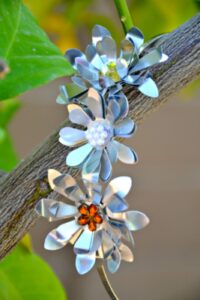
keep cut flowers fresh with baking soda
To keep your cut flowers fresh for a long time, put a teaspoon of baking soda in the vase. Want to know the names of the best plants for cut flowers?
